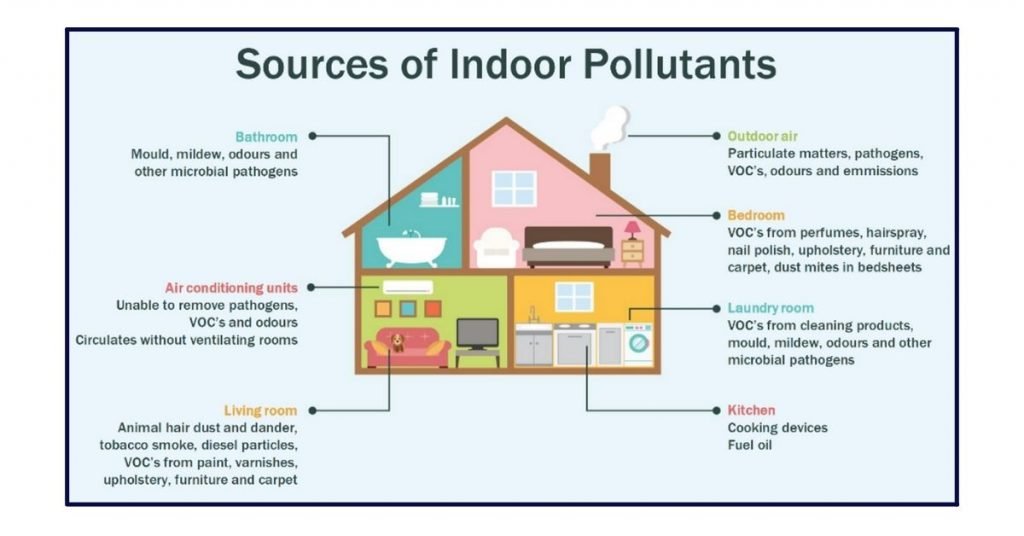Air Quality - Health & Wellbeing in the Built Environment
Written by KSN Horizon

Numerous factors contribute to health. While genetics, quality and availability of medical care, and lifestyle and health behaviours have a significant impact on our health, the greatest determinant of health & wellbeing is our physical and social environment. Previously, we’ve discussed noise pollution and cultural sustainability, but in this article we’re highlighting the impact of air quality.
In developed countries, people spend approximately 90% of their time indoors, meaning that the quality of the built environment is essential to human health and wellbeing. While the COVID-19 pandemic has brought awareness to the need for proper ventilation to reduce illness, there are also other health benefits.
Air contaminants such as radon, carbon monoxide, carbon dioxide, fuel emissions, and particulates associated with burning solid fuels affect people in Ireland. Respiratory illnesses, heart disease, lung disease, irritation of the eyes, nose and airways, headaches, dizziness, and nausea are all associated with poor air quality, but these can all be prevented with careful management.


Consider a few of these options to keep your home and workplace safe and healthy:
- Carbon Dioxide (CO2) Monitors – Humans exhale CO2, and as we gather indoors to celebrate the holidays, we can expect higher levels of Carbon Dioxide indoors. These monitors will help identify when CO2 levels become too high before it impacts occupants.
- Natural Ventilation – Being able to open windows is the easiest way to regulate indoor air quality. Opening windows before occupancy, during lunch hours and at the end of the day, or all day if possible will improve air quality and comfort. Aim for having several windows across your space partially open rather than one window opened fully.
- Mechanical Ventilation – Mechanical ventilation can also improve air quality without sacrificing heat to the outdoors. Smart ventilation systems (SVS) can boost air movement based on occupancy when CO2 or humidity approach uncomfortable levels, allowing for optimized comfort while also reducing energy consumption.
- Maintenance – Ensure ventilation systems are not blocked and regularly clean and replace air filters as needed.


Our Approach
At KSN Horizon, we have installed portable CO2 monitors in our meeting rooms and canteen to maintain a high standard of air quality. As exhaled air or CO2 can last for hours in poorly ventilated rooms, our staff can monitor carbon dioxide levels, and take proactive measures by opening windows or by notifying HR or maintenance if the issue persists. This has improved the ventilation of our working areas, whilst enhancing the working environment of our staff.
End
